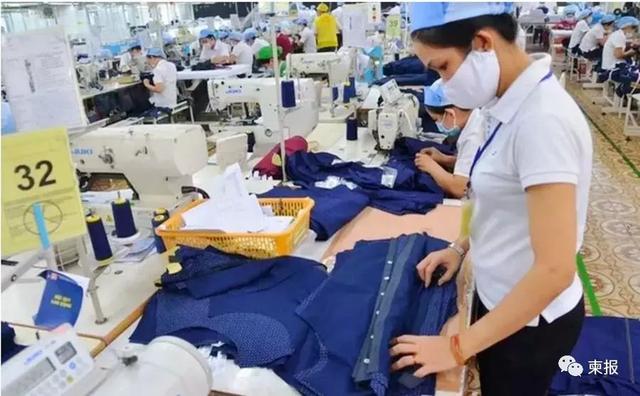China Becomes First Economy to Grow Since Virus Pandemic

Image Sources: Jian Bao
China became the first major economy to grow since the start of the coronavirus pandemic, recording an unexpectedly strong 3.2% expansion in the latest quarter after anti-virus lockdowns were lifted and factories and stores reopened.
The report shows that economic growth at the end of June has improved significantly from the 6.8% contraction in the previous quarter-China has performed the worst since at least the mid-1960s. But this is still the weakest positive number since China began reporting quarterly growth in the early 1990s.
Marcella Chow of JP Morgan Asset Management said in the report: “We expect continuous improvement in the next few quarters.”
China, where the coronavirus pandemic began in December, was the first economy to shut down and the first to start the drawn-out process of recovery in March after the ruling Communist Party declared the disease under control.
In a statement, the National Bureau of Statistics said: “By the first half of 2020, the national economy has shifted from a slowdown to a growth.”
Economists say that China may recover faster than some other major economies. These viruses prevented most people from entering cities with a population of 60 million, and suspended trade and travel. Later, as the virus spread, governments in some Asian and European countries followed suit.
Manufacturing and other industries have almost returned to normal. However, consumer spending has been weak due to concerns about possible unemployment. Movie theaters and other businesses are still closed, and travel restrictions still exist.
The government eased some curbs on domestic tourism after China reported no new locally acquired infections in nine days. The Ministry of Culture and Tourism said tourist sites can allow 50% of their daily visitor capacity, up from 30%, and tours from one province to another can resume.
In the three months ending in June, factory output rose 4.4%, rebounding from the previous quarter’s 8.4% contraction after factories that make the world’s smartphones, shoes, toys and other goods reopened.
Retail sales shrank by 3.9%, but that was a marked improvement over the previous quarter’s 19% contraction while millions of families were confined to their homes and shopping malls were shut down. Online retail sales rose 14.3%, up from the previous quarter’s 5.9%.
June exports grew by an unexpectedly strong 0.4% but still are off 3% for the first half of the year. Imports rose 3% — including a 10.6% jump in purchases of U.S. goods despite a tariff war — but are down 3.3% so far this year.
Forecasters warn exporters are likely to face another decline in demand as sales of masks and other medical supplies taper off and U.S. and European retailers cancel orders.
“This suggests sustained pressure on employment, currently the government’s foremost policy priority,” said JP Morgan’s Chow.
A potential stumbling block is worsening relations with the United States, China’s biggest national export market, over disputes about trade, technology, human rights and Hong Kong.
The two governments signed an agreement in January to postpone further tariff hikes in their fight over Beijing’s technology ambitions and trade surplus. But most increases already imposed remained in place.
Information Reference: APNews.com